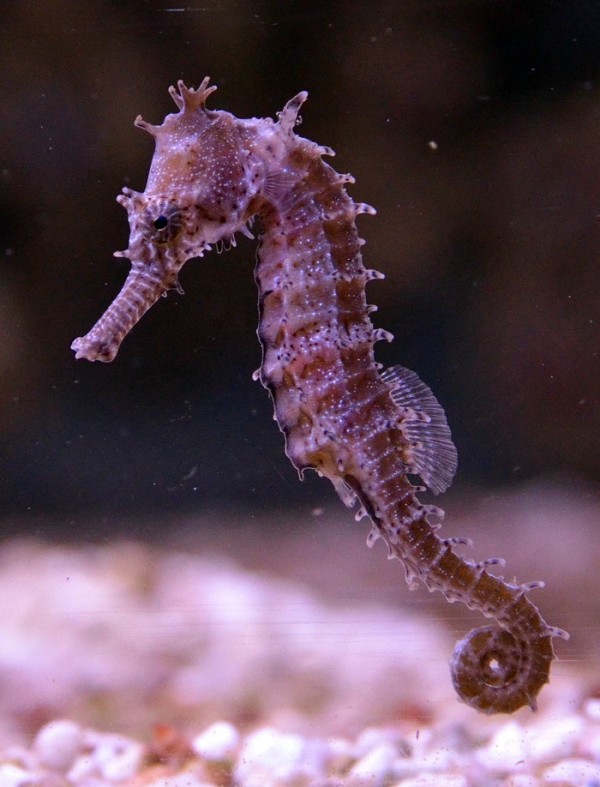By Ana Verayo, | December 19, 2016

An image of the Barbour's seahorse. (Universitat Konstanz)
Seahorses are considered to be a unique species of fish, possessing equine features and bony plates. Even male species of the fish can even become pregnant. Scientists have unraveled the secrets of why seahorses are so distinct, with the first complete sequence of the seahorse genome.
Like Us on Facebook
"We have finally identified the specific genes or lack of them that make seahorses look so unique," said the co-author of the study, molecular biologist Byrappa Venkatesh from the Agency for Science Technology and Research in Singapore.
In this new study, Venkatesh and his team sequenced the genome of this 13 million-year-old species, particularly of tiger tail seahorses. They compared them with their close relatives like seadragons and pipefish.
Researchers found out that seahorses lack certain genes that can collect minerals to form teeth, suggesting why seahorses possess narrow, straw-shaped mouths. Seahorses also lack pelvic fins due to another missing gene, which causes fish to grow their end tails or hind limbs.
"We tested the absence of these genes by 'silencing' these genes in zebrafish where the mutant zebrafish resulted in the absence of pelvic fins," said co-author of the study, evolutionary biologist, Axel Meyer from the University of Konstanz in Germany. This also demonstrates that these are very crucial genes that led to the evolutionary development of these creatures.
When it comes to male pregnancy in seahorses, males host fertilized eggs in their brood pouch until their hatchlings are born. The researchers revealed that this pouch possesses many significant genes from the astacin metalloproteases family that is mainly responsible for embryonic hatching.
However, some scientists say that maternal care switching to paternal care in the species has been an evolutionary mystery. This could also be a result of missing some crucial genes.
This new study was published in the journal, Nature.
-
Use of Coronavirus Pandemic Drones Raises Privacy Concerns: Drones Spread Fear, Local Officials Say

-
Coronavirus Hampers The Delivery Of Lockheed Martin F-35 Stealth Fighters For 2020

-
Instagram Speeds Up Plans to Add Account Memorialization Feature Due to COVID-19 Deaths

-
NASA: Perseverance Plans to Bring 'Mars Rock' to Earth in 2031

-
600 Dead And 3,000 In The Hospital as Iranians Believed Drinking High-Concentrations of Alcohol Can Cure The Coronavirus

-
600 Dead And 3,000 In The Hospital as Iranians Believed Drinking High-Concentrations of Alcohol Can Cure The Coronavirus

-
COVID-19: Doctors, Nurses Use Virtual Reality to Learn New Skills in Treating Coronavirus Patients







